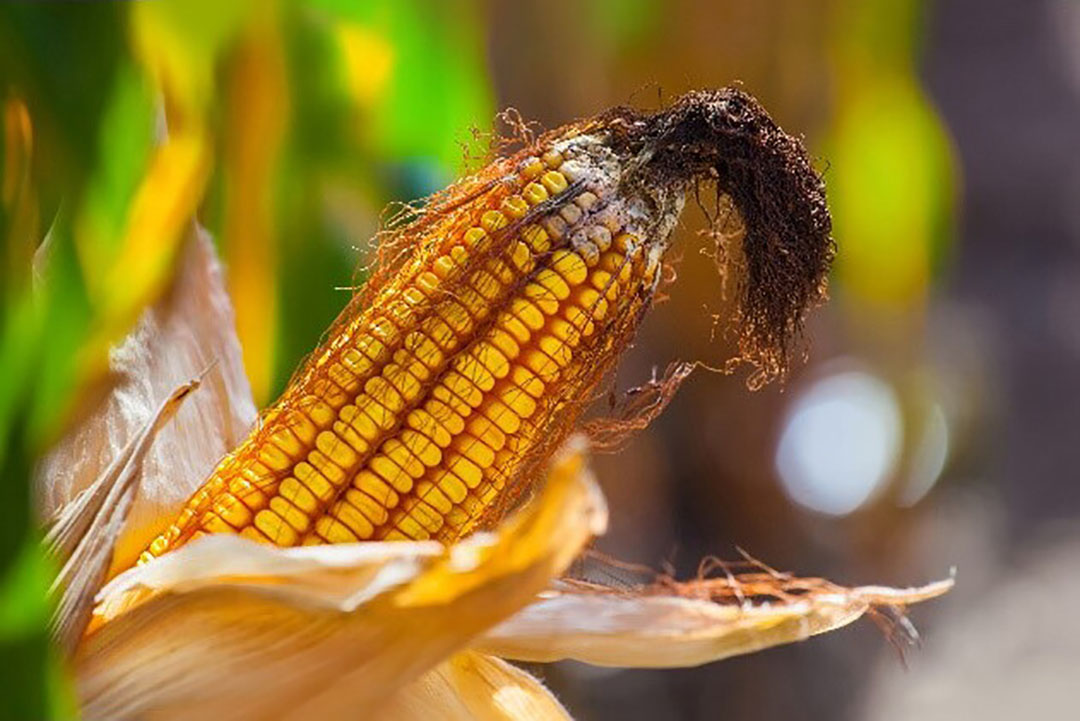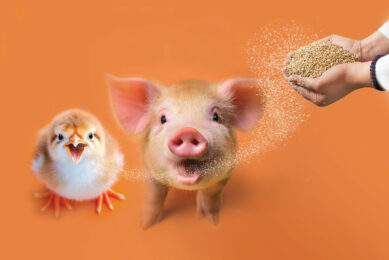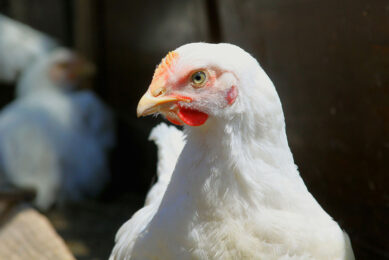Mycotoxin risk: How to gain a few more precious weeks

Early prediction of the mycotoxin risk in grain, e.g. before the harvest, could be an important tool to allow industry to timely prepare and react to possible feed contamination problems.
The majority of mycotoxins are produced by various mould species during the cultivation of grains. At the arrival point, the feed or animal producer receives fresh grain that already contains different mycotoxins before it is introduced into the storage container. The contamination of grain harvested in a single year can differ from the mycotoxin patterns and levels of previous years in the same climatic region. Therefore, buying the newly harvested grain is like a betting game for the producer of animal feeds who has to deal with unknown, ‘on-fire’ contamination. However, early prediction of mycotoxin risk in grain, could be an important tool.
Game changing mycotoxin risk tool
MycoMan Predict is a newly developed tool that integrates our MycoMan range of services, dedicated to identifying the mycotoxin risk. In a word, thanks to a predictive equation, MycoMan Predict is able to provide a level of risk for 3 mycotoxins frequently found in maize: fumonisins, deoxynivalenol and zearalenone, and one mycotoxin in wheat: deoxynivalenol. The levels of risk are in agreement with those outlined in the EU legislation.
This tool identifies the mycotoxin risk with a high accuracy before the grain is harvested. The risk of contamination and mycotoxins being of concern for the coming harvest, animal feed producers can thus win extra time for a good preparation and organisation of the harvest and the following months of the plant.
Strong partner for reliable results
The new tool arose from the partnership between Adisseo and Syngenta. The collaboration with Syngenta started some months ago and is an excellent opportunity for the animal nutrition sector to benefit from their crop protection experience. Work on mycotoxin modelling started 20 years ago in France. Grain collectors sent their analysis every year; a model based on the correlation between agronomic practices and weather factors has gradually been established, year after year. The incorporation of agronomic practices makes the model unique. The capability of Syngenta to gather data from grain collectors and work on big data is precious and innovative in the field of mycotoxin risk management pertaining to animal nutrition.
3 variables are included in the model regarding agronomic practices:
- The precedent monoculture crop increases the risk, and rotation allows the fungi development cycle to be broken.
- The varietal sensitivity of the crop is included and,
- The tillage that takes place is included. Ploughing allows fungi development to be reduced by burying the spores.
As far as the MycoMan Predict report is concerned, a yearly record of the climatic risk is given for each prediction, which allows the user to compare the current year’s risk with the past risk that he/she has already experienced. MycoMan Predict furnishes precious data for feed millers to prepare their mycotoxin management during a season.
For more information, please contact: margaux.lecolinet@adisseo.com
*This service is only available in certain countries in Europe for now but the model is under development for other geographical areas.






